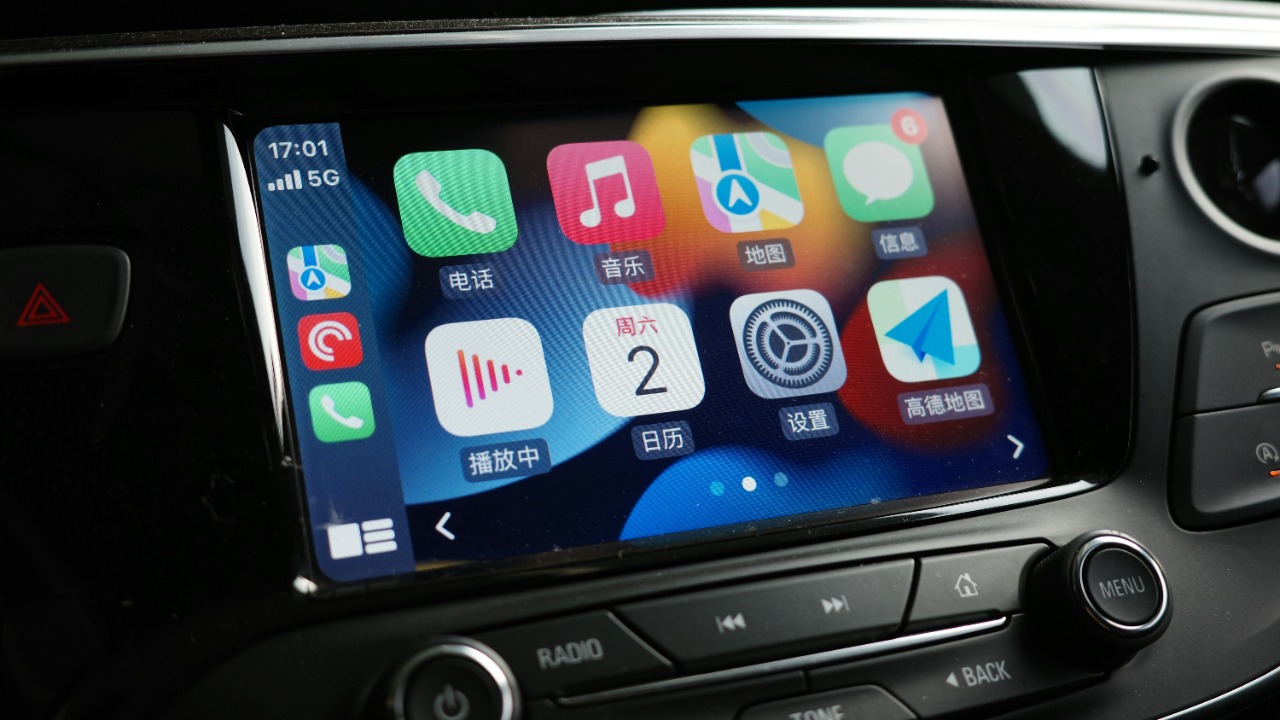
Despite the widespread adoption of Apple CarPlay and Android Auto in the automotive industry, Tesla has chosen a different path. The electric vehicle manufacturer has consistently omitted support for these popular platforms, opting instead for a proprietary infotainment system. This decision is not accidental but a deliberate strategy that sets Tesla apart from its competitors.
Tesla’s Proprietary Infotainment Approach
Tesla’s infotainment system is a unique blend of navigation, media, and vehicle controls, all integrated into a unified dashboard experience. This approach, as explained in a HotCars article, allows Tesla to maintain a consistent user interface across all its vehicles. Furthermore, Tesla’s system is designed to evolve independently of third-party platforms like CarPlay or Android Auto, with regular over-the-air updates that enhance functionality and introduce new features.
Another key aspect of Tesla’s approach is the seamless connectivity with its own app and services. This prioritization of brand-specific features over external integrations ensures that Tesla owners are fully immersed in the Tesla ecosystem, enhancing the overall user experience and fostering brand loyalty.
Control Over User Data and Ecosystem
By developing its own infotainment system, Tesla retains full control over user interactions and data within its closed ecosystem. This strategy, as outlined in a Slashgear piece, allows Tesla to avoid dependencies on Apple or Google, preserving its autonomy in software development. This approach also has potential privacy benefits, as it minimizes data sharing with third-party services.
As noted in the HotCars analysis, Tesla’s commitment to a proprietary ecosystem is not just about control, but also about providing a unique and differentiated user experience. This strategy is a key part of Tesla’s brand identity and a major factor in its success in the electric vehicle market.
Technical Integration Challenges
Integrating CarPlay or Android Auto into Tesla’s custom displays presents significant hardware and software challenges. As the 2023 HotCars report explains, Tesla’s vertical integration from chip design to user interface makes retrofitting external systems inefficient. Furthermore, the introduction of hybrid systems could potentially lead to bandwidth and latency issues, compromising the performance and user experience of the infotainment system.
The 2025 SlashGear exploration further highlights the technical complexities of integrating third-party platforms into Tesla’s system. These challenges, coupled with Tesla’s commitment to its proprietary ecosystem, make it unlikely that we will see CarPlay or Android Auto support in Tesla vehicles anytime soon.
Comparison with Traditional Automakers
While Tesla has chosen to go its own way, traditional automakers like Hyundai have opted to maintain support for CarPlay and Android Auto. As reported in a December 2024 InsideEVs article, Hyundai’s decision reflects its strategy to appeal to a broad audience by offering familiar and popular features.
However, Tesla’s strategy targets a different market segment: tech-forward users who are comfortable without these features. As the 2024 TopSpeed analysis points out, Tesla’s unique approach has helped it carve out a distinct niche in the electric vehicle market, setting it apart from legacy brands.
Elon Musk’s Vision for Tesla Software
Elon Musk, Tesla’s CEO, has consistently emphasized a vision for a fully integrated Tesla experience that evolves through internal innovation. This vision, central to the July 2023 HotCars explanation, underscores Tesla’s commitment to its proprietary software and ecosystem.
Musk has also made statements reinforcing Tesla’s decision not to support CarPlay or Android Auto, aligning with the “probably never will” prediction in the November 2025 SlashGear title. This stance is closely tied to Tesla’s Full Self-Driving ambitions, where proprietary software takes precedence over third-party tools.
User Experiences and Alternatives
Despite the lack of CarPlay and Android Auto support, Tesla owners have found workarounds like Bluetooth audio or phone mirroring to use their favorite apps. As the April 2024 TopSpeed article explains, these alternatives, while not perfect, offer a degree of flexibility and customization.
Feedback on Tesla’s native navigation and entertainment features has been largely positive, with many users appreciating the system’s intuitive interface and seamless integration with the vehicle’s controls. However, there are also criticisms from drivers who miss the familiarity of CarPlay or Android Auto. These criticisms, however, are balanced against the strengths of Tesla’s ecosystem, as noted in the 2025 SlashGear piece.
Future Prospects for Third-Party Support
Given Tesla’s ongoing investments in its own platform, the likelihood of future adoption of CarPlay or Android Auto is low, as forecasted in the November 2025 SlashGear article. This stance is in contrast to industry trends, where even Hyundai, a traditional automaker, continues to support CarPlay.
However, potential regulatory or partnership shifts could influence Tesla’s strategy in the future. While such changes are speculative at this point, they underscore the dynamic nature of the automotive industry and the ongoing evolution of infotainment systems.
More from MorningOverview